Vision in Orvieto
Gordon in Orvieto invites students into a dialogue about the interplay of faith, art, community, and society—and to learn from the lives of artists, poets and saints of the past. As a part of the program, students encounter places that were formative to Christian civilizations in the West. These encounters spur Orvieto students to reflect on contemporary cultural influences and the ways in which they live, further orienting them toward a life that seeks to listen closely and respond thoughtfully to the people and ideas around them.
Italy is overwhelmingly beautiful and full of wonderful reminders of its remarkable fame. Tens of millions of people visit Italy each year to eat the food, converse with masterpieces of art and architecture, and trace the steps of Peter and Paul on pilgrimage. It is one of the greatest countries in the world to visit precisely because of the vast scope and unparalleled scale of its epic history.
To visit as a tourist is one approach but we have the advantage of time. We choose to go further. Gordon in Orvieto encourages students to enter a model of living and learning abroad that prioritizes participation and presence.
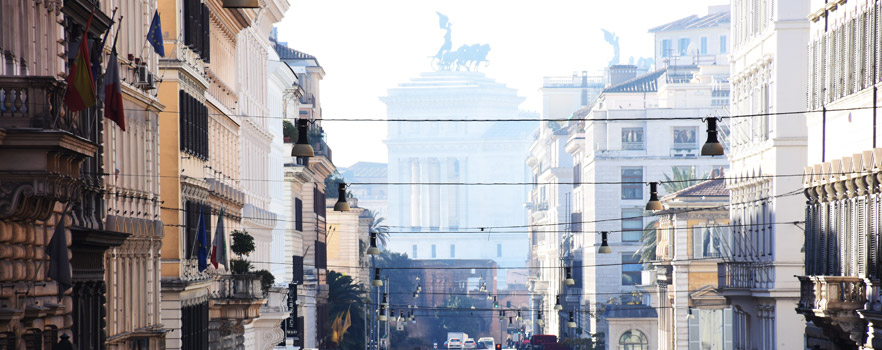
Participation in the content of our curriculum and real presence in our community
With an ever-narrowing language of isolationism and the involuntary displacement of people from homes, families, and cultures worldwide, study abroad is as vital as ever before. It requires young people to choose to leave what is familiar in search of something new and to encounter the world with care and devotion.
Learning in Context and Community: A Dialogue between Past and Present
From the deserts of Egypt to the green hills of Umbria and beyond, the rich artistic, cultural and contemplative heritage has passed through the millennia. Our program is rooted in the local, monastic past, where the Rule of St. Benedict of Norcia as well as the form of life, shaped by St. Francis and St. Clare of Assisi, spread throughout the world. They still profoundly challenge us today as we explore faith in ways that lead to deeper understanding of the bond between contemplation and action and solitude and togetherness, inspiring lives of genuine service.
In this context, we encounter the ideas and visions of other people through a curriculum dedicated to the arts and humanities, centered around critical themes that have current social, historical, theological, and intellectual substance. In measuring ourselves against the forms of the past we encounter our own lives and begin to make new work.
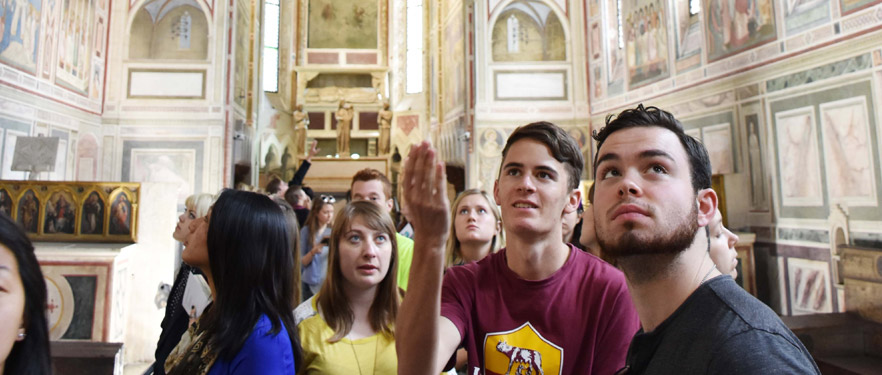
Influenced by our surroundings, we examine the role of art and society within a community of mutually dependent and caring relationships.
We confront art with words to write new poems. We paint in response to the colors of the local landscape and look for continuity in the history and the art of the past. We explore questions of design by observing examples of sustainability as a way of life over centuries. We seek parallels with the tradition through the narratives and language that connect writers such as Virgil and Dante with themes in our time.
Our lecture halls are the piazzas of Rome, our auditoriums are the perfect geometric spaces of Florence and our devotional life is formed in places such as the olive groves of Assisi and beneath brilliant mosaics which shine no less today than a thousand years before. These and so many other places are where the Orvieto Program unfolds, in-situ, to understand the present and the future with empathy and compassion.
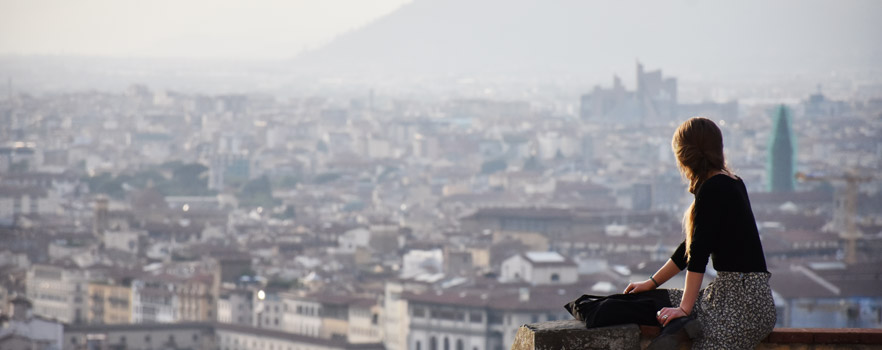

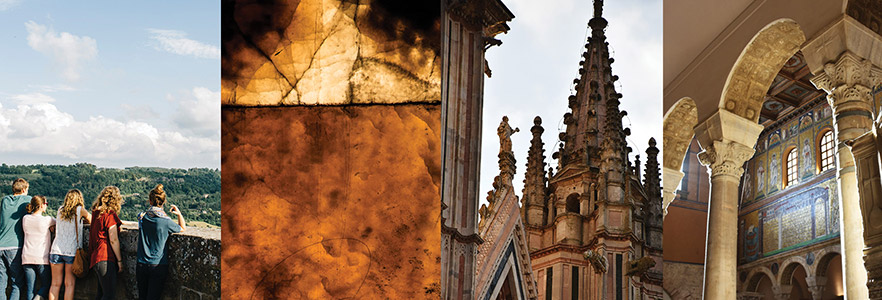
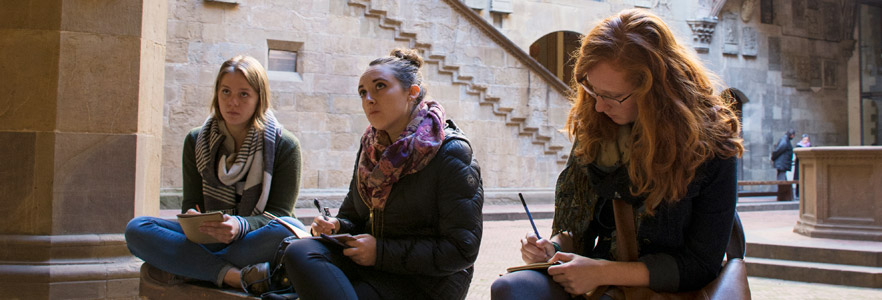
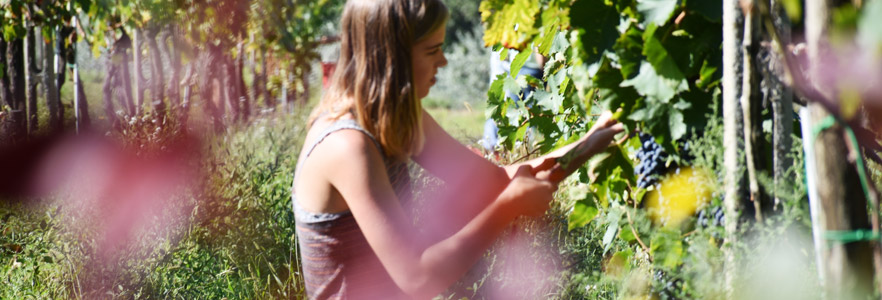
 Gordon in Orvieto
Gordon in Orvieto Vision in Orvieto
Vision in Orvieto


